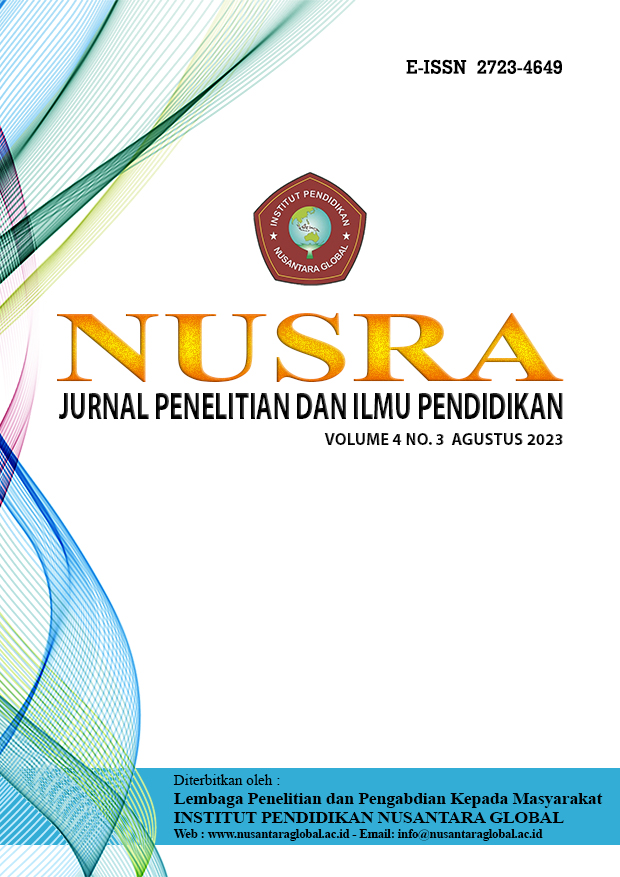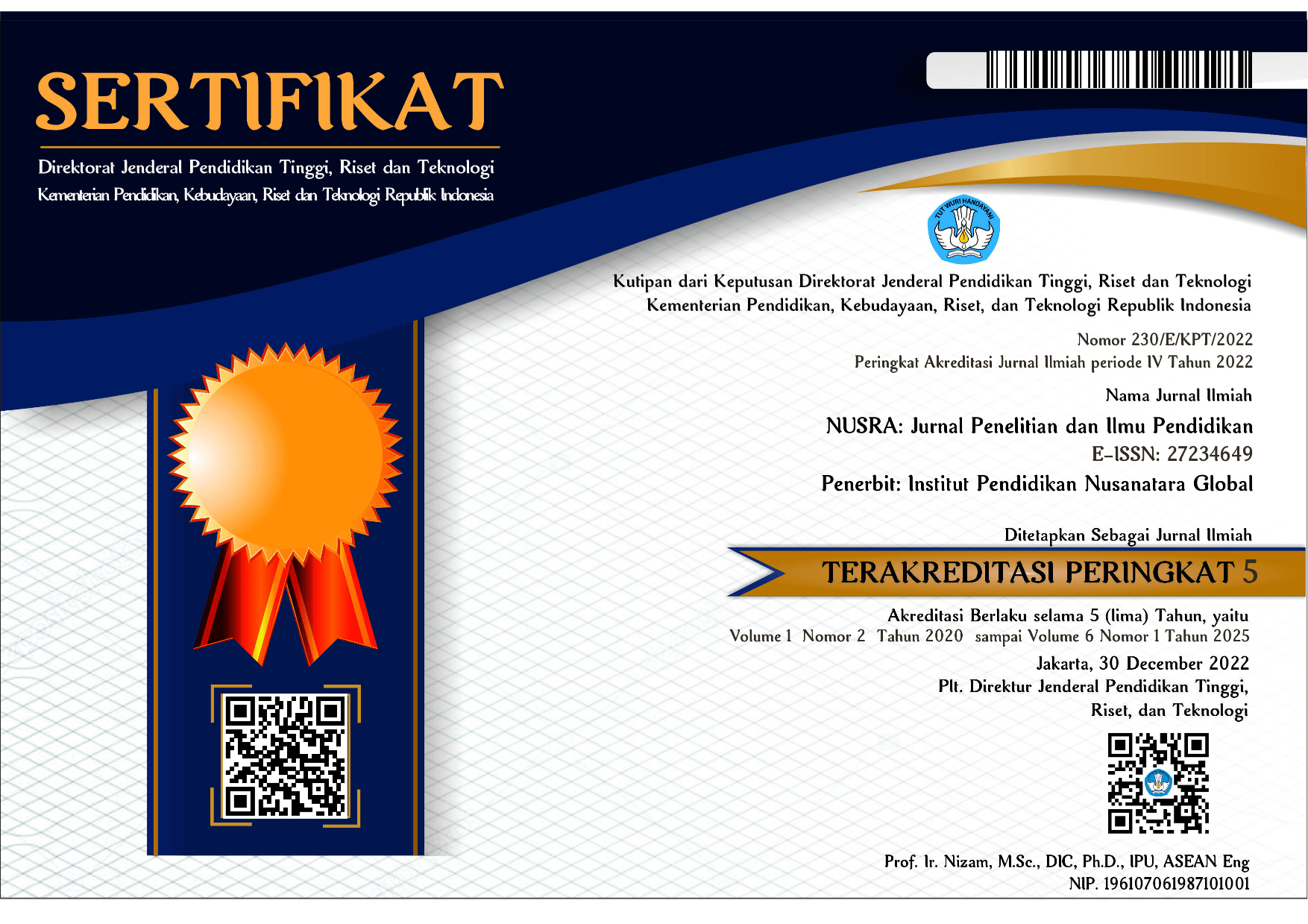LEARNING STYLES AND LEARNING STRATEGIES IN LEARNING ENGLISH USED BY NON-ENGLISH STUDENTS
DOI:
https://doi.org/10.55681/nusra.v4i3.1212Keywords:
learning Styles, learning Strategies, Non-English StudentsAbstract
Non-English students of Nursing and Economics need to learn English effectively by using appropriate learning strategies that reflect their learning styles in which to achieve their learning goals. This study investigated learning styles and learning strategies in learning used by non-English students. An explanatory mixed-methods design was used involving both quantitative and qualitative data. The findings revealed that out of listening, speaking, and writing strategies, there was a statistical difference (p> 0.05) in the language learning strategies used in reading by different sensory learning styles (visual, auditory, and tactile). For personal learning styles, the use of strategies in speaking and reading employed by Extroverted-Random-Open and Introverted-Concrete-Closure of Nursing and Economics students also had statistical differences (p< 0.05). On the contrary, strategies in listening and writing used by both groups of Extroverted-Random-Open and Introverted-Concrete-Closure were no statistical differences. Meanwhile, in cognitive learning styles, there was a statistical difference (p> 0.05) in the use of strategies in speaking and reading between synoptic and etanic Science and Social Science students. These findings showed that both Nursing and Economics students used the strategies for receptive skills (listening and reading) and productive skills (speaking) in high-frequency usage except for writing strategies in the moderate range. It means that they can be categorized as language learners and users
Downloads
References
Anam, S. (2010). Learning Strategy Uses in EFL Reading by The English Department Students of Unesa and Their Relation to Cognitive Style and Proficiency. Master Thesis, State University of Surabaya, Surabaya.
Carson, J. G., & Longhini, A. (2002). Focusing on Learning Styles and Strategies: A Diary Study in a Immersion Setting. Language Learning, 52 (2), 401-438.
Cesur, M. O. (2008). A model explaining and predicting the relationship between university prep class students’ language learning strategies, learning styles and academic success in foreign language. Doctorate thesis, Social Sciences Institute, YTU, İstanbul, Turkey
Chamot, A. U. (2004). Issues in Language Learning Strategy Research and Teaching. Electronic Journal of Foreign Language Teaching, 2 (2), 14-27.
Chang, S. J. (1990). A study of language learning behaviors of Chinese students at the University of Georgia and the relation of those behaviors to oral proficiency and other factors. Dissertation Abstracts International, 52(02)
Cohen, A. (1998). Strategies in learning and using a second language. London: Longman.
Cohen, A. D. (2007). Coming to terms with language learner strategies: Surveying the experts. In A. D. Cohen & E. Macaro (Eds.), Language learner strategies: 30 years of research and practice (pp. 29–45). Oxford: Oxford University Press.
Cohen, A. D., & Weaver, S. J. (2006). Styles and Strategies Based Instruction: A Teachers' Guide . Minneapolis, MN: Center for Advanced Research on Language Acquisition, University of Minnesota.
Cohen, A. D., Oxford, R. L., & Chi, J. C. (2002). Learning Styles Survey. Minneapolis, MN: Center for Advanced Research on Language Acquisition, University of Minnesota.
Cohen, A. D., Oxford, R., & Chi, J. C. (2002). Language Strategy Use Survey. Minneapolis, MN: Center for Advanced Research on Language Acquisition, University of Minnesota.
Sabatova, J. (2008). Learning Styles in ELT. Czech Republic: Masaryk University Brno
Downloads
Published
How to Cite
Issue
Section
License
Copyright (c) 2023 NUSRA: Jurnal Penelitian dan Ilmu Pendidikan

This work is licensed under a Creative Commons Attribution-ShareAlike 4.0 International License.














